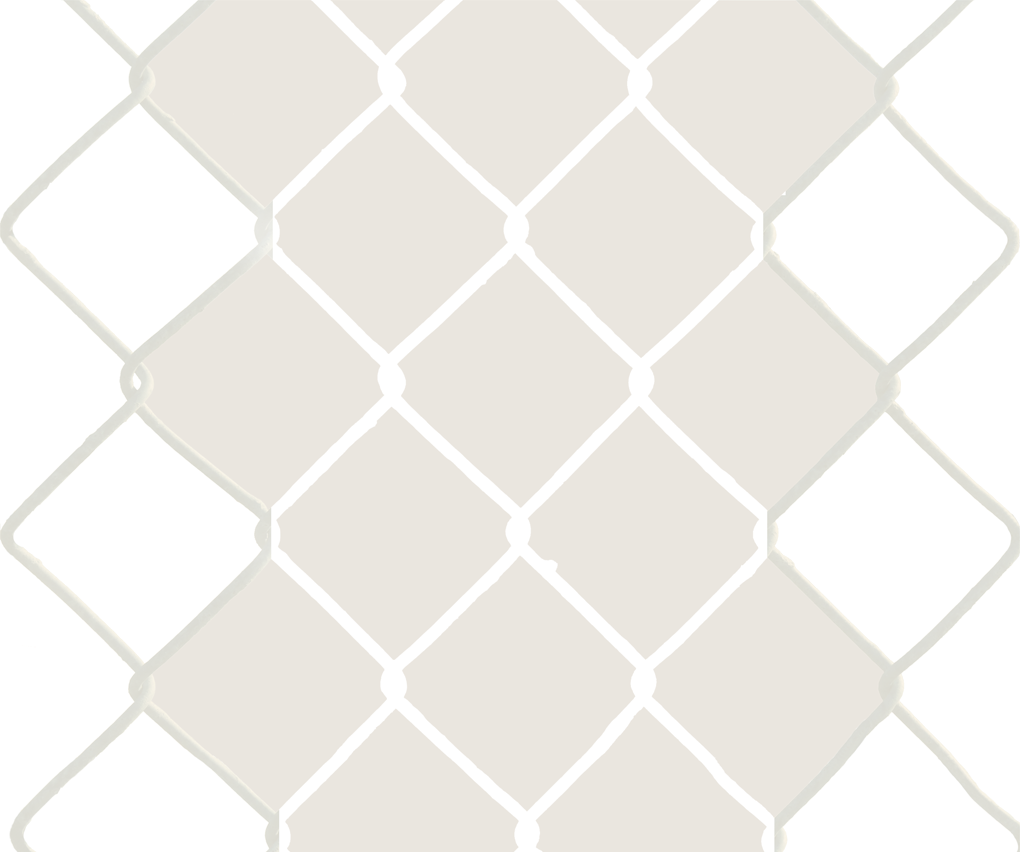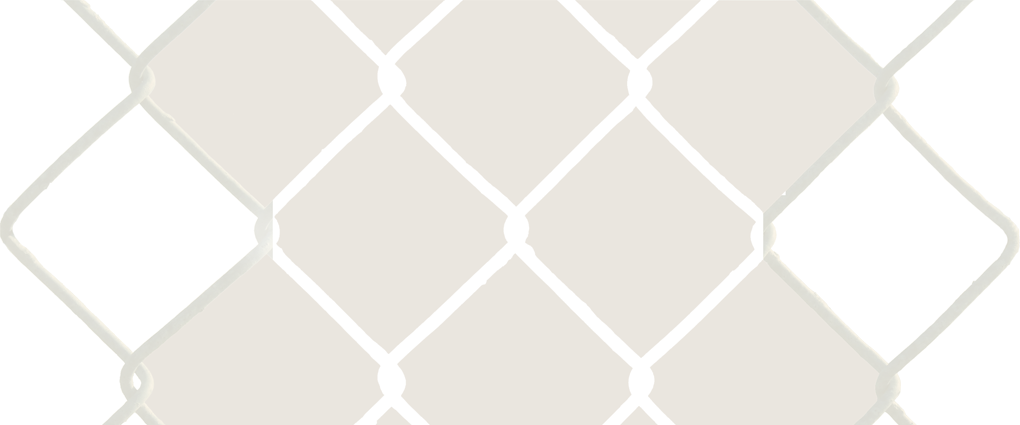It is ironic that many artists in Detroit reaffirm their optimism and hope in the city’s art scene when our experiences often relay a much less hopeful story—stories in which individuals are constantly struggling just to scrape by, barely holding on to higher level, minimum wage jobs that leave artists with little job security or safety nets. On the whole, the city of Detroit does not have the infrastructure to provide for artists. To say otherwise is to play into a corporate paradigm that does not have the artist’s best interest at heart.
In this article, I discuss how local art funding organizations encourage artists to prioritize and personify the city in their art practice, using artists for rebranding and revitalization efforts within the city. Unfortunately, I did not have time to interview individual artists for this article. The following text therefore captures a few of my initial reactions to Detroit’s art scene after returning from Glasgow, Scotland this past September. To what degree does the paradigm of arts funding in Detroit, and funding organizations’ ties to city regeneration, shape artistic practice within the city? How are we complicit in our own subjugation to private interests and where can we look for alternative examples?
Unfortunately, the emphasis placed upon the city’s representation in artists’ work has become so synonymous with art funding in Detroit that we have forgotten to directly challenge the grounds on which we are being awarded. The Knight Foundation has particular “impact-oriented” demands of the artwork they fund. The foundation has clear interests in mobilizing artists as tools of gentrification, using artists to fill in the gaps of a failing social sector or create events that make the city more enticing to developers. Their aims are made clear in the terminology used on their 2014 online application in which they suggest applicants “reflect the identity of Detroit”1 in their idea. The phrasing demonstrates how the foundation sees the artist as an extension of their organization operating on the city’s behalf. The 2013 Knight Foundation recipients were also asked, by a Knight Foundation representative at the reception ceremony, to do nothing short of change the city. This blatant call to civic duty not only inhibits artistic creativity but also makes artists beholden to Detroit, creating a holding pattern in which artists are cyclically reliant upon wealthy investors wishing to keep them in Detroit for their own interests.
The Kresge Fellowship, the artistic community’s main source of funding for one’s individual practice, also totes the communal (and implied revitalization) tag line, asking artists to state how their work impacts their surrounding community. Even if this question were to be removed from the application, artists are bound to the city through explicit location requirements necessary to apply for the Kresge. After receiving the Kresge, they are further groomed as local spokespersons for the arts who, through their presence, reaffirm the possibility of local success to other potential fellows. This pattern of funding (or the potential promise there of) helps to legitimize many artists’ impoverished conditions as individuals continue to “hold out” for the next grant cycle. While these organizations provide substantial funding for artistic projects, the overall lack of public arts funding bodies (namely state and federal grants for the arts) present few alternative financial options, causing artists to be overly dependent upon private interests to sustain their practice.
These organizations’ emphasis on community-oriented art and impact analysis implies that these foundations do not understand or value the importance of the creative process. In Glasgow, I was aware that artists were being funded to make daring work, work that challenged and questioned social values, work that perplexed, was sarcastic or satiric. In Detroit, artists are supported only in as much as they carry and tout a tag line of community engagement and/or public artwork. This paradigm limits freedom of expression and the types of intellectual conversations we can have surrounding artists’ lives in Detroit.
Furthermore, this discourse obscures and lays claim to artists’ creative endeavors both nationally and abroad as the personification of the city often precedes the artist’s work. Our funding bodies present and promote artists as cultural gatekeepers, authentic representations of and thus inadvertent advocates for the city. In other words, artists’ clout becomes an extension of Detroit, a city on the rebound. This cooption of artistic identity (often used by artists for their own benefit) has its costs. As artistic practice in Detroit is so closely aligned with a narrative of the city, artists simultaneously forfeit artistic merit in national and international art scenes, often valued not for the work they create but for the insight and voyeurism they provide into a highly mythologized and misunderstood city.
I personally feel the confines of artistic conversation in this city and am weary of the many ways in which artists are being mobilized to rebrand and rebuild the city of Detroit. In this paradigm, there is no support for taking artistic risks but rather a neoliberal model of individual and collective exploitation in the name of progress—progress that will attempt to increase the wealth of a few at the expense of many.2 This paradigm is in no way particular to Detroit. In Miwon Kwon’s One Place After Another, she notes how many rustbelt city politicians and private investors have used artists to rebrand and rebuild their cities in order to cultivate a perceived unique local identity to be quickly pitched and readily consumed. She astutely observes that this “production of difference…is itself a fundamental activity of capitalism, necessary for its continuous expansion” (Kwon, pg. 159). Whatever radical intentions or anti-capitalist aims artists in Detroit may have, the more they pander to granting organizations’ interests, the more they forfeit their artistic license and sacrifice the examination of intellectual alternatives to the present neoliberal paradigm.
For artists to see themselves and their artwork as serving a social purpose is to take on a daunting responsibility, to take on social ills that they are ill-equipped to successfully tackle. In Artificial Hells, Claire Bishop notes that this neoliberal, “social inclusion agenda is…less about repairing the social bond than a mission to enable all members of society to be self-administering, fully-functioning consumers who do not rely on the welfare state and who can cope with a deregulated privatized world” (14). In Detroit, it is predominantly young, affluent artists who are being used as examples for this social order in which oppressive private interest in presented as opportunity.
These artists are then in turn lauded, by the foundations that financially back them and by local and national media, for their artwork’s perceived moral and social value, thus encouraging artists to subsidize failing local, state and federal public policy by focusing on communal wellbeing. Such attitudes towards the worth of artists’ work include underlying (and unquestioned) Judeo-Christian values that make the work highly problematic. Encouraging artists to be socially conscious and morally responsible may seem simple and honest enough, however we would be naïve to believe that such encouragement is benign. To prioritize morality in art places artists on a pedestal in which the artist’s intentions, and underlying morality, goes unquestioned. By tying artists to their funders’ community-oriented interests, the artist’s moral value becomes an extension of their funders, part of a dominant and prevailing Judeo-Christian morality. We need only look to the imposition of religious morals of the colonial and slave era to see how such ties are problematic.
Morality aside, community engaged artwork, more often than not, fails to address the city’s systemic problems and worse thwarts dialogue that takes into account disenfranchised local experience and silenced historical contexts. In Detroit, artists are not supported solely for a shared social value and belief in the power of the creative process, but rather for the social function (and repair, both through gentrification and social welfare services) that artists can provide. This funding paradigm may help the city rebrand itself, temporarily, but is does little for the artists that participate and it does even less for those whom artists claim as participants in their work.
That our funding bodies are solely private investors reflects the overall corporate3 environment in which we live and work. It is no wonder that many of our few arts-related jobs in Detroit are corporate jobs, employment in which the artist is functioning as the creative wing of a big business. Our experiences as artists reflect the immense wealth disparity, and extreme concentration of wealth, that plagues this city. I like to imagine that if our society were more of a socialist one, in which all citizens’ basic needs were met by the government, that we might enjoy some of the freedoms that artists in Glasgow enjoy.4 Rather, many artists in Detroit work tirelessly around the clock for the chance to become a careerist artist whose success is accomplished only by the number of adjunct positions one can work or by the number of grants one receives. This neoliberal model5 of success will continue to just barely support artists and will continue to thrive as long as we play the game.
We must acknowledge how easy it is for wealthy and powerful investors to marshal artistic talent for private interests. If the art scene in Detroit is going to creatively and intellectually grow, artists in Detroit must stop fearing the possible repercussions of speaking out against or not participating in art “opportunities” that serve the ambitions and aims of elite interests. These prospects have little long-term investment in the creative evolution of the artist. In my opinion, the best thing artists can do is instead focus on making the best work possible rather than making work that is in service of a promoted communal ideal. Lets stop being cowards and start to truly challenge supposed radical art forms and ideologies in Detroit. Lets start creating our own alternative artistic futures.
2 There are many artists, and artist run spaces, who do support their peers in taking artistic risks in the city. However, without larger support structures that are well funded, artists will continue to find themselves at the whims of private foundations.
3 (and misogynistic, but that is another discussion for another day)
4 Glasgow, and indeed much of Scotland, has strong political and historical ties to socialism. As part of the United Kingdom, Scots have not been able to pursue socialist politics as their parliament is directly tied to the British Parliament in London’s Palace of Westminster.
5 I say neoliberal for our monetary fortunes are directly tied to private investors.
Bishop, Clair. Artificial Hells: Participatory Art and the Politics of Spectatorship. London: Verso, 2012.
Kwon, Miwon. 2004. One Place After Another: Site-Specific Art and Locational Identity. Cambridge: MIT Press, 2004.
|







